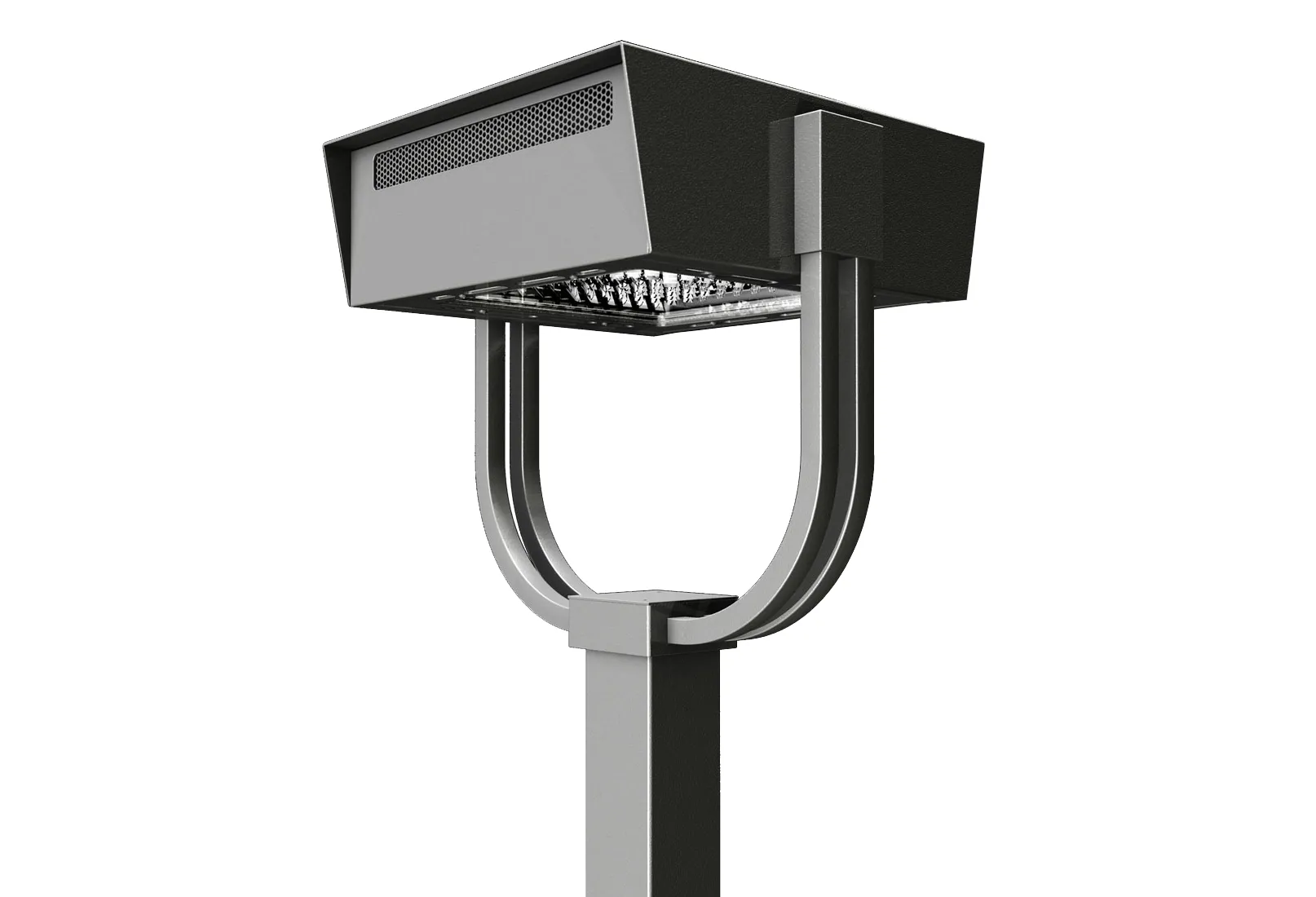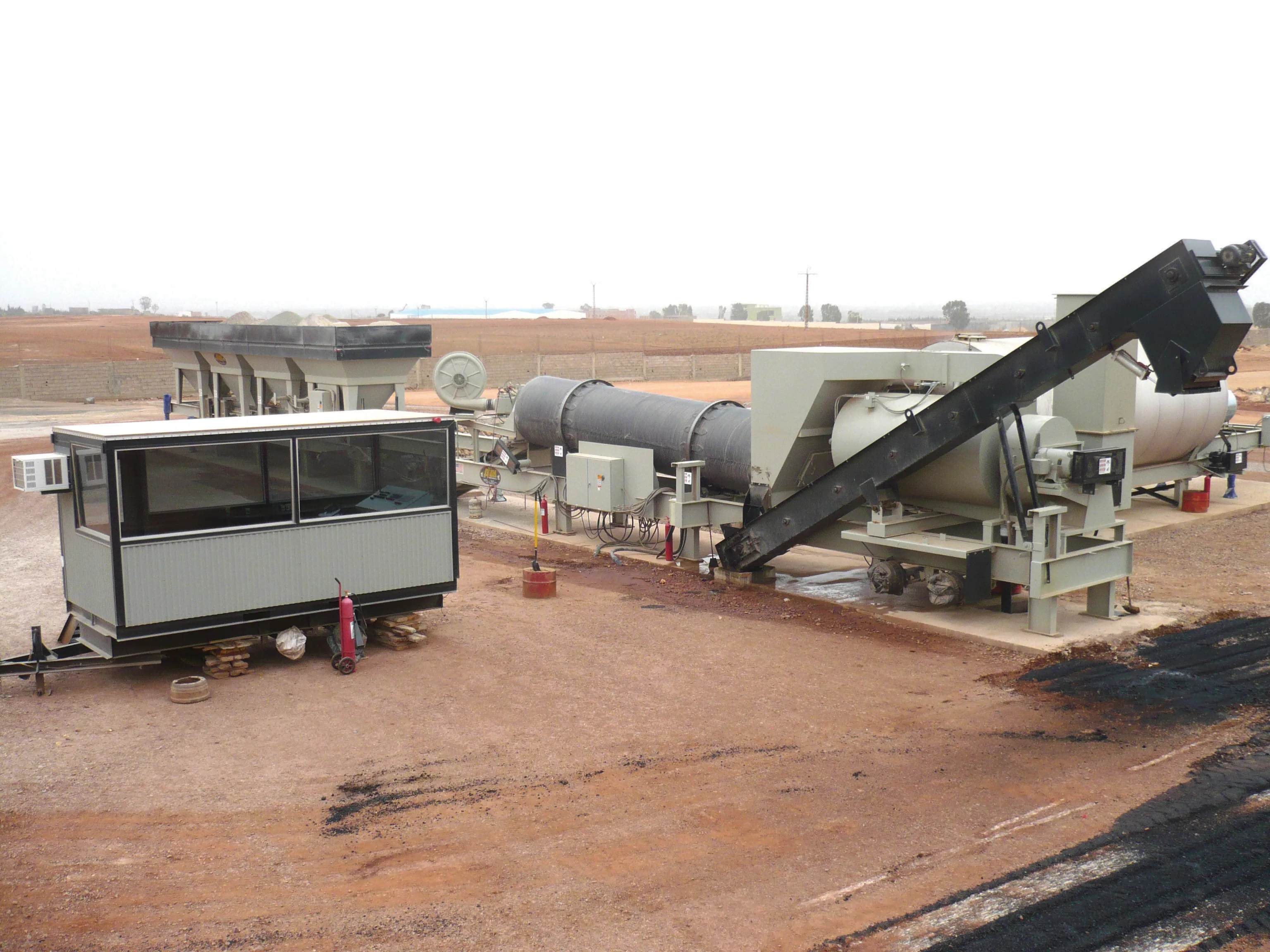U.S. Architectural Lighting has unveiled a new luminaire for streetscapes, walkways, plazas, commercial and transit centres, and other public areas. Said to be designed for versatility, Versalux LED has a wide range of mounting options, including arm, post top, canopy and wall mount. It features the company’s VLED Optical Module, a system claimed to offer modular interchangeability while meeting all design criteria. The modules are available in 64-, 80- and 120-LED packages with wattages from 70W to 202W an
February 18, 2013
Read time: 2 mins

Said to be designed for versatility, Versalux LED has a wide range of mounting options, including arm, post top, canopy and wall mount. It features the company’s VLED Optical Module, a system claimed to offer modular interchangeability while meeting all design criteria. The modules are available in 64-, 80- and 120-LED packages with wattages from 70W to 202W and lumen output from 4,200 to 13,750.
VLED optics are available in Type II, III, IV and V-Sq to meet the site requirements. Both full range and switch-controlled hi/lo dimming options are available.
Thermal control for canopy mounting is said to be achieved through the Versalux LED’s housing design. The design features slotted vents that create convection currents to lower the fixture’s internal temperature, thereby increasing the life and lumen output of the LEDs.
The fixture’s heavy-walled unitised aluminium housing is said to provide lasting performance even in the harshest environment. The electrostatically-applied polyester powder coat finish is baked at 400° for maximum hardness and durability.
Standard textured finishes include black, white, grey, dark bronze and green.









